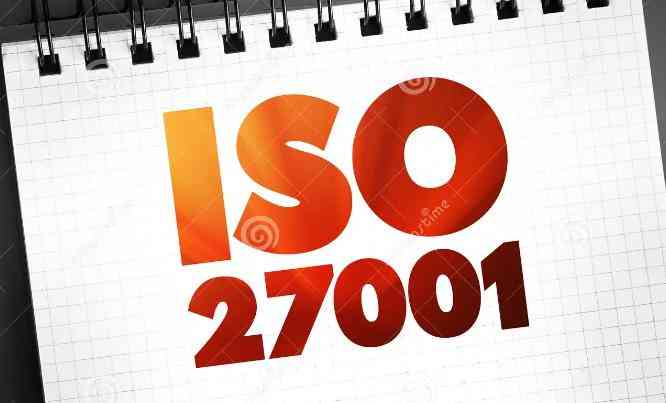|
STANDARD
SIST EN ISO 105-B04:1999
SIST EN ISO 105-B04:1999
SIST EN ISO 105-B04:1999
SIST EN ISO 105-B04:1999
SIST EN ISO 105-B04:1999
INTERNATIONAL STANDARD ISO 105-B04 Fourth edition 1994-1 l-1 5 Textiles - Tests for colour fastness - Part B04: Colour fastness to artificial weathering: Xenon arc fading lamp test Textiles - Essais de solidite des teintures - Partie 504: Soliditb des teintures aux intemph-ies artificielles: Lampe 21 arc au Xenon Reference number ISO 105-B04: 1994(E) SIST EN ISO 105-B04:1999
ISO 105-B04: 1994(E) Foreword ISO (the International Organization for Standardization) is a worldwide federation of national Standards bodies (ISO member bodies). The work of preparing International Standards is normally carried out through ISO technical committees. Esch member body interested in a subject for which a technical committee has been established has the right to be represented on that committee. International organizations, governmental and non-governmental, in liaison with ISO, also take part in the work. ISO collaborates closely with the International Electrotechnical Commission (IEC) on all matters of electrotechnical standardization. Draft International Standards adopted by the technical committees are circulated to the member bodies for voting. Publication as an International Standard requires approval by at least 75 % of the member bodies casting a vote. International Standard ISO 105-B04 was prepared by Technical Committee ISO/TC 38, Textiles, Subcommittee SC 1, Tests for coloured textiles and coloran ts. This fourth edition cancels and replaces the third edition (ISO 105-B04:1988), of which it constitutes a technical revision. ISO 105 was previously published in thirteen “Parts”, each designated by a letter (e.g. “Part A”), with publication dates between 1978 and 1985. Esch part contained a series of “sections”, each designated by the re- spective part letter and by a two-digit serial number (e.g. “Section AO1 “). These sections are now being republished as separate documents, them- selves designated “Parts” but retaining their earlier alphanumeric desig- nations. A complete list of these Parts is given in ISO 105-AOI . Annexes A and B of this part of ISO 105 are for information only. 0 ISO 1994 or by any means, electronie or mechanical, sncluding photocopying and microfilm, without permission in writing from the publisher. International Organization for Standardization Case Postale 56 l CH-1 211 Geneve 20 l Switzerland Printed in Switzerland SIST EN ISO 105-B04:1999
INTERNATIONAL STANDARD 0 ISO ISO 1059B04:1994(E) Textiles - Tests for colour fastness - Part B04: Colour fastness to artificial weathering: Xenon arc fading lamp test 1 Scope This part of ISO 105 specifies a method intended for determining the resistance of the colour of textiles of all kinds, except loose fibres, to the action of weather as determined by exposure to simulated weathering conditions in a cabinet equipped with a Xenon arc lamp. This method tan be used to determine if a textile is wet light-sensitive. NOTE 1 General information on colour fastness to light is given in annex A. 2 Normative references The following Standards contain provisions which, through reference in this text, constitute provisions of this part of ISO 105. At the time of publication, the editions indicated were valid. All Standards are subject to revision, and Parties to agreements based on this part of ISO 105 are encouraged to investigate the possibility of applying the most recent editions of the Standards indicated below. Members of IEC and ISO maintain registers of currently valid International Standards. ISO 105-AO1 :1994, Textiles - Tests for colour fast- ness - Part A07: General principles of testing. ISO 105-A02:1993, Textiles - Tests for colour fast- ness - Part A02: Grey scale for assessing Change in colour. ISO 105-BOI :1994, Textiles - Tests for colour fast- ness - Part BO 1: Colour fastness to iigh t: Dayight. ISO 105-B02:1994, Textiles - Tests for colour fast- ness - Part 802: Colour fastness to artificial light: Xenon arc fading /amp test. 3 Principle Spetimens of the textile are exposed u
...














